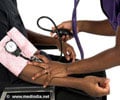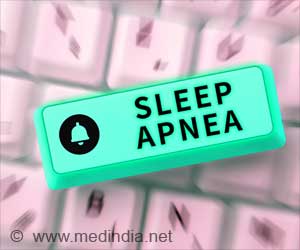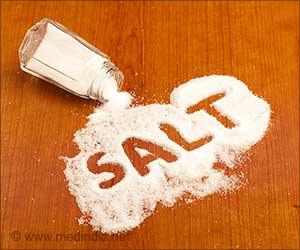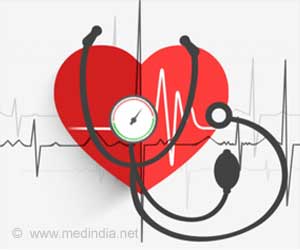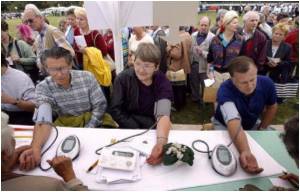
The study reviewed 28 papers covering difference in systolic blood pressure between arms. It found significant evidence to suggest that a difference of 15mm Hg or more was associated with increased risk of peripheral vascular disease, pre-existing cerebrovascular disease and mortality, both as a result of cardiovascular problems and generally.
The risk of peripheral vascular disease was also increased at a difference of 10mm Hg or more.
The findings further support the need for both-arm blood pressure checks to be the norm, not least because most cases are 'clinically silent' and such checks would better identify those at risk.
"We set out to investigate whether there was an association between differences in systolic blood pressure between arms and vascular disease and mortality. Our findings indicate a strong association, and that differences of 10mm Hg or 15mm Hg or more might help to identify patients who are at risk and who need further vascular assessment. More research is required in order to transfer our findings to clinical practice, but in the meanwhile we will be flagging the results of our review to the UK Vascular Check programme," Christopher Clark, the study leader, said.
The study has been recently published in The Lancet online.
Advertisement


